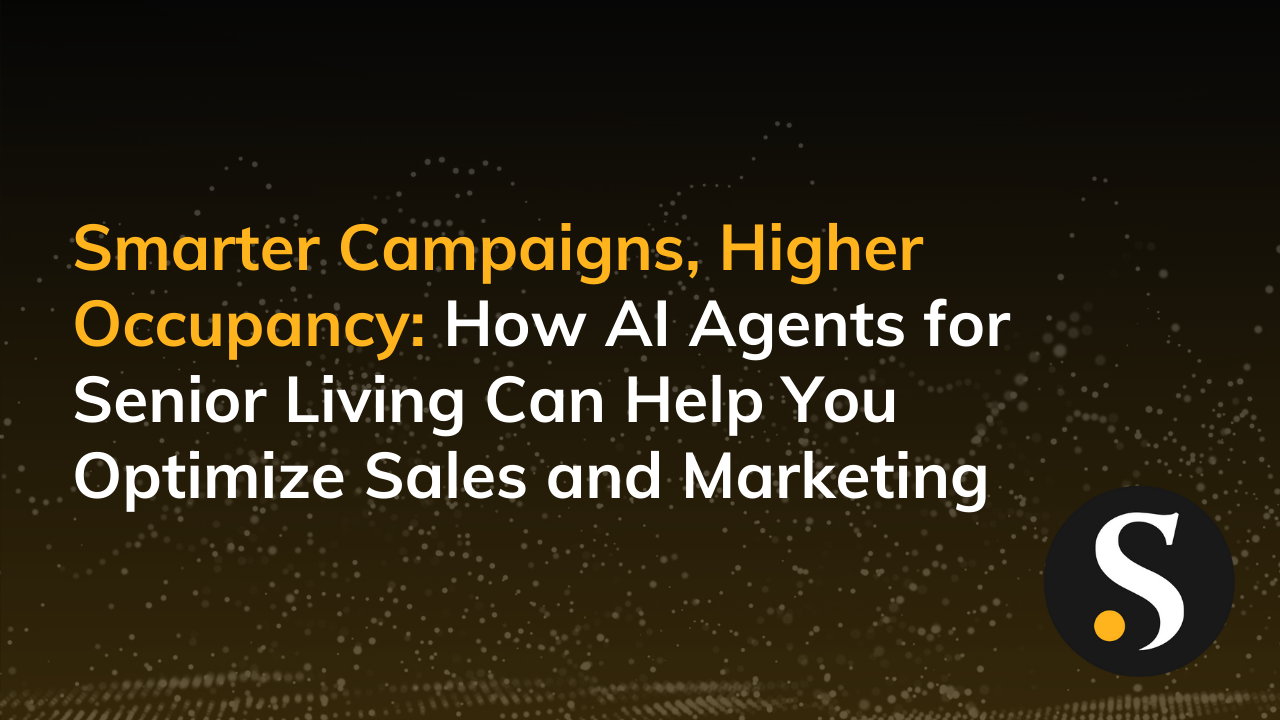When it comes to AI, and more specifically, generative AI, there are currently two perceptions. Some people are intimidated by it. But others believe that AI will solve all of their data analytics woes and put valuable data insights at their fingertips.
The latter is partially correct, but only if you have a strong data foundation to support you. AI learns through the training data you provide it, and grounded in the contextual confines of your organization so the outputs can only be as robust and reliable as the data you feed it. Furthermore, when utilizing a generative AI product, the LLM (large learning model) can be trained using your organizational data and documents to offer contextually relevant answers tailored to your business needs.
As the cliche goes: “Garbage in, garbage out.” So you know what will happen if you put bad data in.
What is Generative AI for Business?
It uses advanced algorithms and neural networks to transform workflows by automating mundane processes, improving customer interactions through chatbots, generating realistic training data for machine learning models, and enabling data analysis and predictions.
Generative AI within the context of business use (enterprise AI), is a powerful technology that helps businesses automate and enhance various tasks, chat with your data, explore internal policies, and conduct what-if scenarios.
Leveraging the potential of generative AI, businesses can drive innovation, streamline operations, and gain a competitive edge in their industries.
Garbage data in, garbage data out
AI isn’t a magic wand. It can’t pull value out of thin air. AI applications like ChatGPT will return inaccurate results, even hallucinate if you fail to ground the model (large learning model) in high-quality data.
Before implementing generative AI for data analytics, you must answer these five questions to determine if you’re ready for it.
Here’s an additional list of warning signs that you should address to set your organization up for success with generative AI:
- You haven’t centralized your data, both unstructured and structured
- You don’t have an enterprise knowledge graph for business context of how things relate
- Your documents (compliance, operations, sales, etc) are not in a place that is organized, structured, and secured (Microsoft Teams / SharePoint)
- You don’t have a data warehouse
- You aren’t confident in the quality of your data
- You haven’t decided what you want to achieve with AI
- Your data lacks breadth and depth
- Your organization isn’t ready to act on AI outputs
- You don’t have a business data glossary with data catalog and lineage
If you looked at that list and discovered that you have a ways to go, a great place to start is by preparing your data.
3 Steps to Prepare Your Data for Generative AI Applications
Good data may seem like broad criteria to gauge readiness for AI. So let’s get a little more specific. There are three steps you can take to ensure that you have a solid foundation and robust data infrastructure to embrace generative AI most effectively.
1. Establish a Data Lakehouse
A data lakehouse is a central repository for storing data in different formats and from multiple sources. While a data warehouse is ideal for processing structured information, a data lakehouse allows you to handle unstructured data for exploratory and predictive AI.
A Data lakehouse is an integral part of modern data management, but understanding the process of building one can be complex. Let’s break it down in simpler terms.
Organizing Your Data in Layers (Bronze, Silver, and Gold)
Creating a data lakehouse requires several steps to ensure the data is organized and optimized for different purposes. First, data is loaded into what we call the “bronze layer,” which forms the foundation of the data lake. Bronze layer data is raw and unprocessed information that lacks a specific structure or organization.
For platforms like Microsoft Fabric and Databricks, data is then transformed and stored in a format called Delta Lake. This format combines columnar storage and log files, which provide historical tracking and versioning capabilities. A metadata store ensures data governance and enforces proper structures for further analysis.
As the data progresses through the data lakehouse, it undergoes various stages to be converted into what we call “silver” and “gold” data. These stages refine, improve quality, and optimize the data for different applications, such as AI and other analytical tools. Using Delta Lake format, columnar storage, versioning capabilities, and proper data governance, ensures high-quality and reliable data that can power various data-driven applications and enable informed decision-making.
Structured vs. Unstructured Data
Unlike structured data, which is organized into neat rows and columns, unstructured data lacks a predefined structure. Your documents, images, videos, social posts, emails, and web pages are all examples of unstructured data. Unstructured data is challenging to analyze using traditional methods, but it holds valuable insights and patterns that businesses can leverage by applying advanced data analytics and AI techniques.
Natural Language Processing (NLP)
You can’t just give an AI program unstructured data and hope the application will figure it out for you. You must support applied AI use cases with semi-structured data, like tables and relationships, and defining relationships to provide the algorithms with guardrails and context across your entire stack to ensure consistency and accuracy.
To do this, organizations use technologies like natural language processing (NLP), image recognition, and machine learning algorithms. These technologies extract meaningful information and structure from unstructured data sources, enabling businesses to gain valuable insights and make informed decisions.
Now that you’ve got a solid foundation for your data. Let’s look and the second step, which is quality.
2. Increase Your Data Quality
High-quality data is complete, accurate, consistent, and timely. Poor-quality data produces disappointing AI results. Additionally, you must have the processes to ensure its validity, relevance, and integrity.
A data governance policy is essential for ensuring data quality. You may need to make hard decisions and replace existing tools and processes to get the desired quality to support generative AI. Data governance is a lengthy and cumbersome initiative. Start your journey by narrowing the scope of your governance policies. This often means focusing on a small set of governance policies centered around a particular area of the business, like data visualization, to put the first stake in the ground.
But setting up the structure and designing the processes are just the beginning. Ensure adoption throughout the entire organization—especially the frontlines, where data is typically collected and entered into systems.
For example, you may implement a validation system to prevent poor inputs, like a phone number entry of 999-999-9999. Remember, for every step downstream from the initial capture, it becomes more expensive to fix an error. So you want to make sure you nip these errors in the bud.
ChatGPT plugins & Large Learning Models (LLMs)
Another best practice to reduce the use of “bad data,” or irrelevant data, is to implement a ChatGPT plugin to reduce the scope of data the AI program uses. A plugin provides the appropriate guardrails and focuses the analysis on a specific dataset or use case to generate more accurate and usable results.
By combining your enterprise knowledge graph, and a trained data set based on a particular industry (industry LLM), users can quickly engage your organization’s data set in the right context using conversational language.
Once you have the foundation with high data quality, make sure you have enough data for effective AI.
3. Enhance the Breadth and Depth of Your Data
Training an accurate AI model takes a tremendous amount of data. You may think that the amount of data you currently have is too much to handle for humans. The amount you need to feed AI is much greater due to its advanced analytical capabilities.
You may need to enhance the breadth of your data or collect one-off data outside of your current structure. But many existing systems, such as ERP software, are difficult or expensive to manipulate.
To increase the breadth of your data cost-effectively, leverage tools like Power Platform to support various avenues of data capture and collect ancillary input from different systems to fill the gaps and build a complete picture.
Build a Robust Foundation for Your Generative AI
Generative AI isn’t the magic button some make it out to be, but organizations can’t afford to ignore it either. As it becomes commonplace across industries, AI needs to be another tool in your tool belt.
It takes effort and understanding to make the most of these applications. While you can try to DIY it and prepare your data infrastructure to generate the best insights, many teams prefer to shorten the learning curve by partnering with experts who understand data and AI.
Skypoint helps you stay ahead of the game and focus on achieving the desired outcomes from your AI initiatives.
Our AI Platform for industries helps unify your data, chat with your data, and optimize productivity. Learn more about our AI data capabilities and get in touch to see how we can help.












